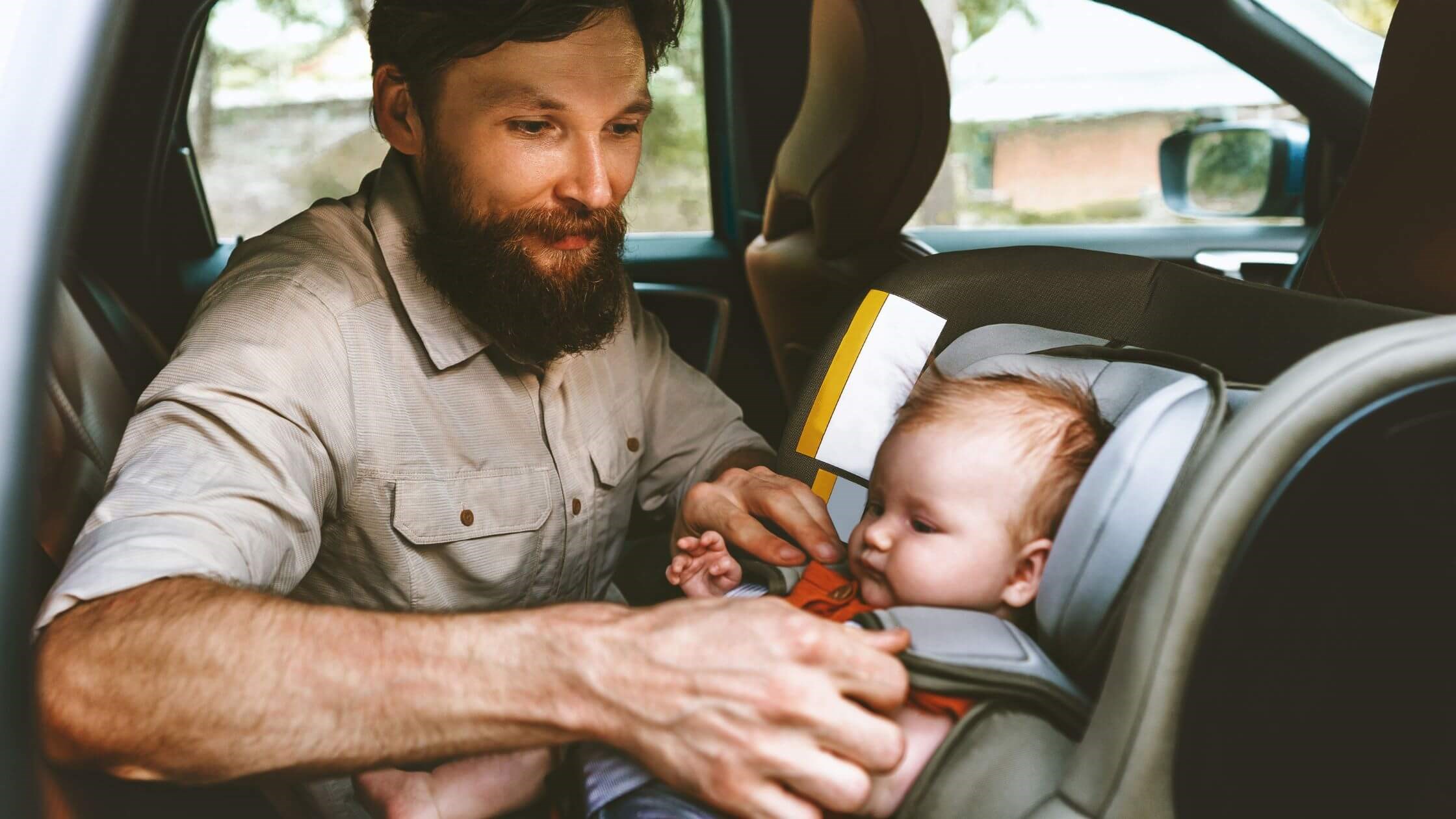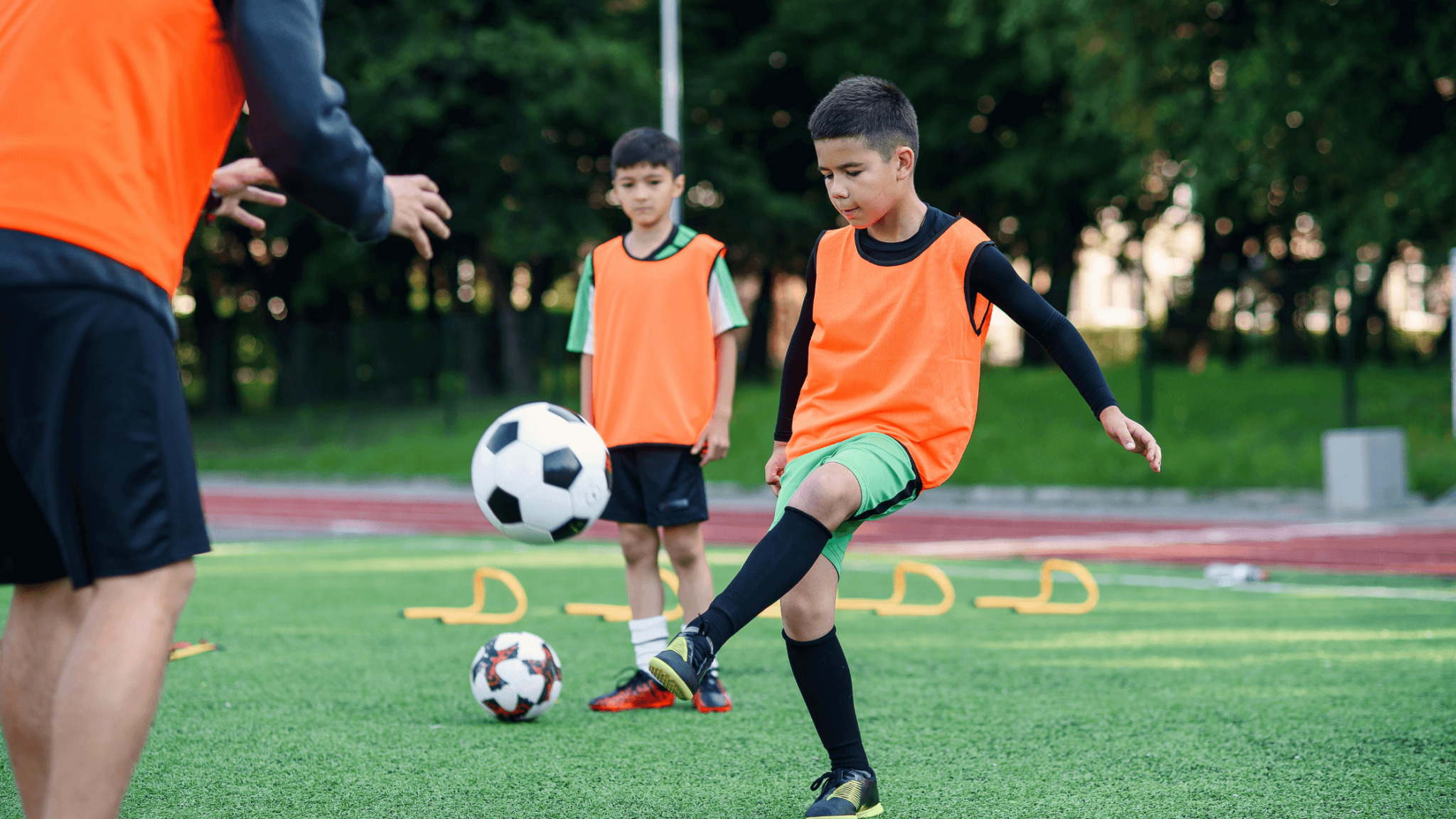Keep Your Family Safer With These Car Seat Safety Tips

Did you know 46% of car and booster seats are not used correctly? As parents, it’s our responsibility to control what we can control to the best of our ability. Which for cars means that all seat belts are buckled, the driver is distraction-free and the little ones are secure in their age-appropriate seating arrangement.
For a new parent, it’s very common to find that hospitals won’t let you leave with your newborn until they ensure that your baby’s car seat is installed properly. However, it’s vital to know that even after your child grows past the newborn stage, having a car seat correctly installed is equally important for children of all ages – not just babies.
Usually, throughout the year, you can get your child’s car seat inspected. Some places even offer a brief car seat training to help you feel confident when installing one. As your family takes more vacations, road trips or occasional carpools with friends, recognizing what a correctly installed car seat looks like is an essential skill that will continue to serve you over time.
Car seat checks
For peace of mind, you can have your child’s car seat inspected by a professional. Inspection appointments are ideal before traveling for a long road trip, a couple of weeks before your baby is due or even after getting a new car.
When searching for credible car seat inspectors and installers, great places to start are the National Highway Traffic Safety Administration (NHTSA) and the Texas Department of Transportation (TxDOT). Both resources will allow you to enter your zip code in their database so you can find the closest location that offers a virtual car seat inspection.
Child Passenger Guidelines to Remember
In addition to having a car seat properly installed, it’s also important to utilize the correct section of the car, car seat size and ensure it’s in the right position. Here are some other recommendations you can follow to make sure your child passengers are safe and secure for every ride!
Child passenger guidelines by age
- Rear-facing car seat: Recommended for newborns to age 2-4. Children should be facing the back of the car with a harness seat belt and should always be placed in the backseat. The time to switch to a bigger car seat heavily depends on how fast your child outgrows the maximum height or weight limit.
- Forward-facing car seat: After your child outgrows their rear-facing car seat, you can now place them in a forward-facing car seat until they are approximately 5 years of age or older. The child’s buckle on the car seat should still be in the style of a harness.
- Booster seat: This is an in-between stage when your child doesn’t need a forward-facing car seat anymore but isn’t quite ready to only wear a standard seat belt just yet.
- Seat belt – Children who do not have to use a booster seat anymore can solely use a seat belt when it fits them appropriately. This usually happens between the ages of 9 and 12. A proper fit will occur when the lap belt lays across the thighs and the shoulder belt falls right in the middle of their chest and shoulder.
Click here to see a 2024 brand and model list of car seats currently offered.
Car Seat Recalls
Recalls can happen on almost any manufactured product you can think of. So, it goes without saying that car seats are not off-limits to this common occurrence. Check for updates on the NHTSA database for the most recent car seat recalls. There, you can simply search by using your child’s car seat brand name or model number. Additionally, you can get the latest recall news sent straight to your phone by signing up for alerts!
Regardless of the date published, no content on this website should ever be used as a replacement for direct medical advice from your primary care provider or another qualified clinician.





